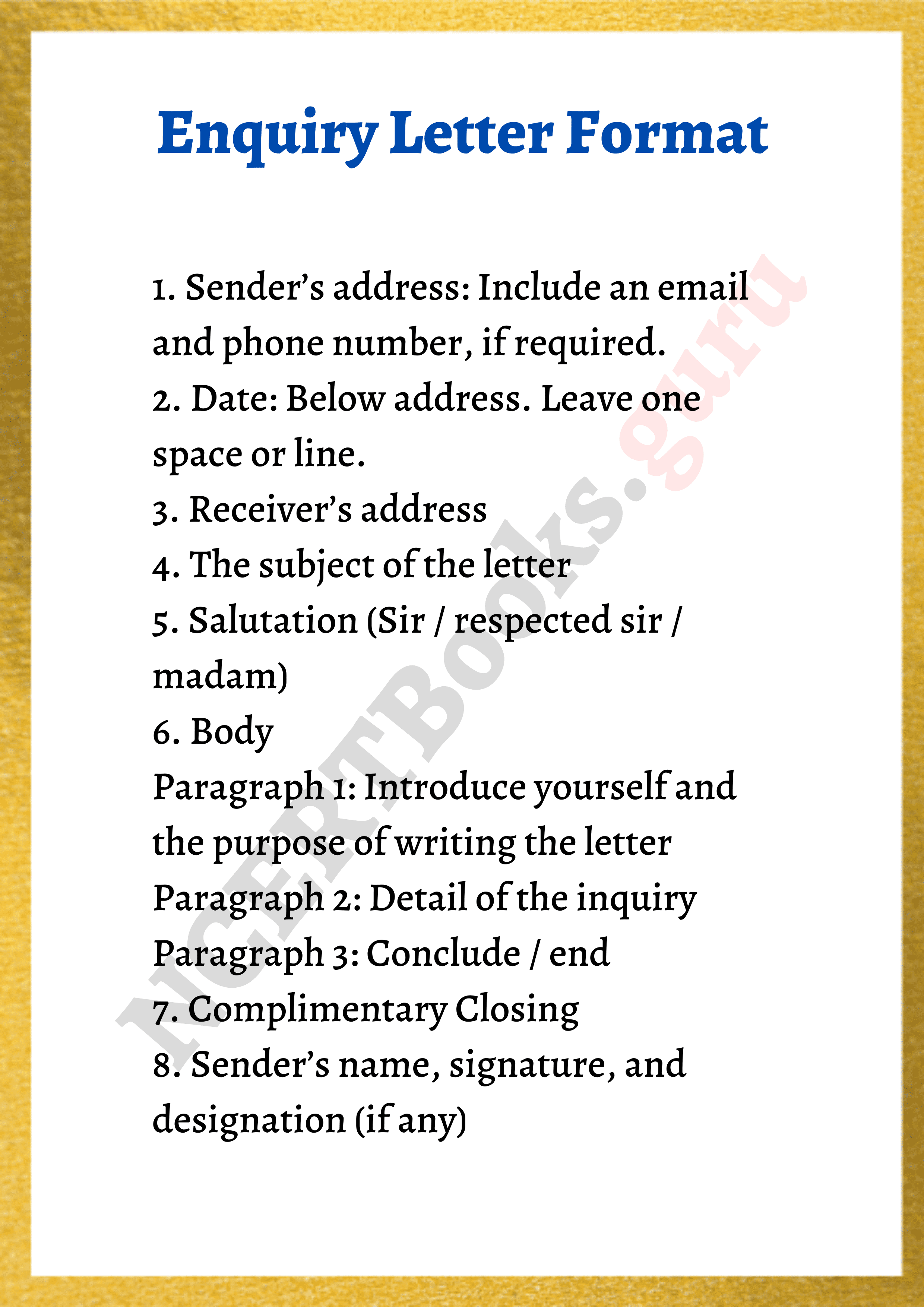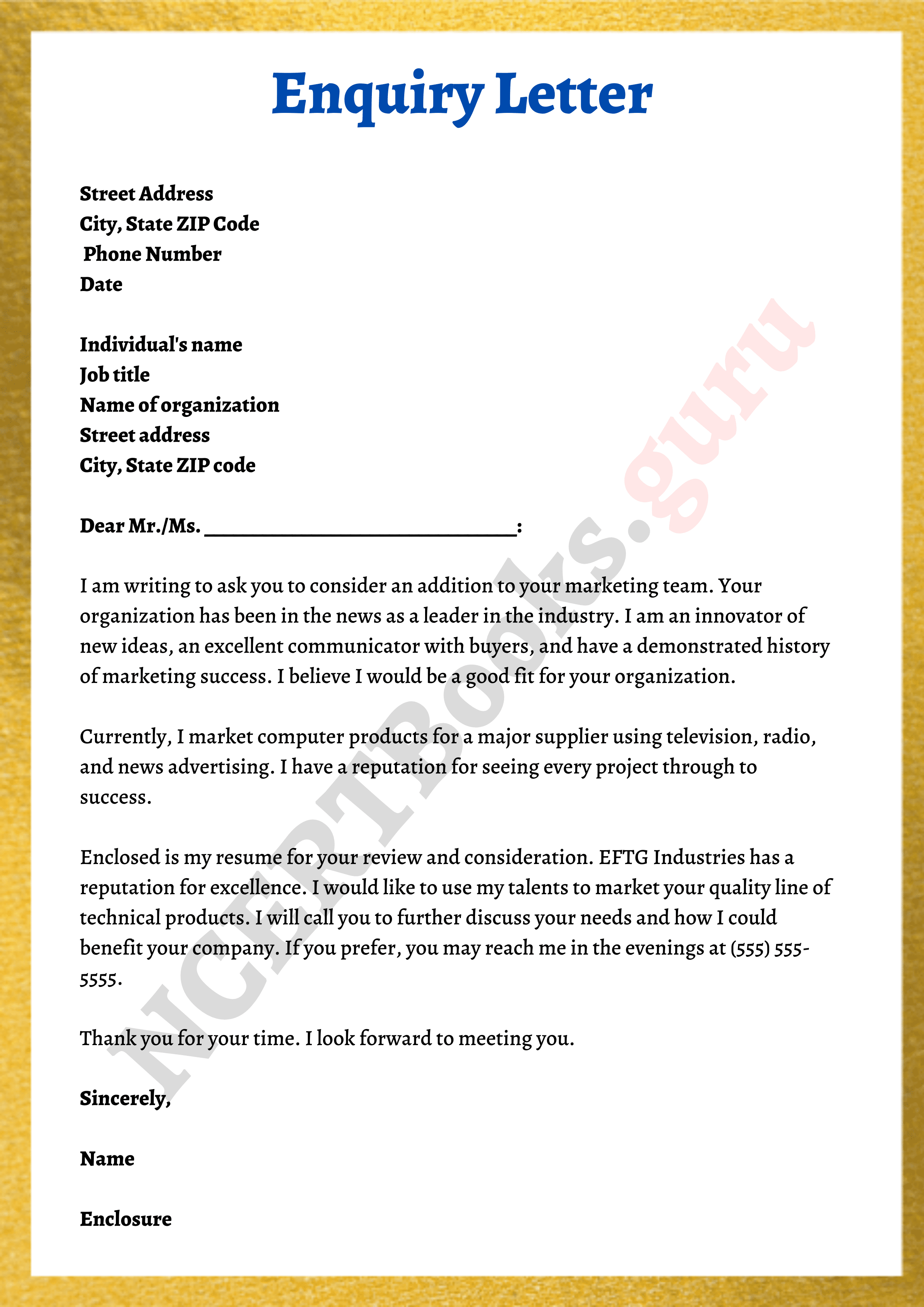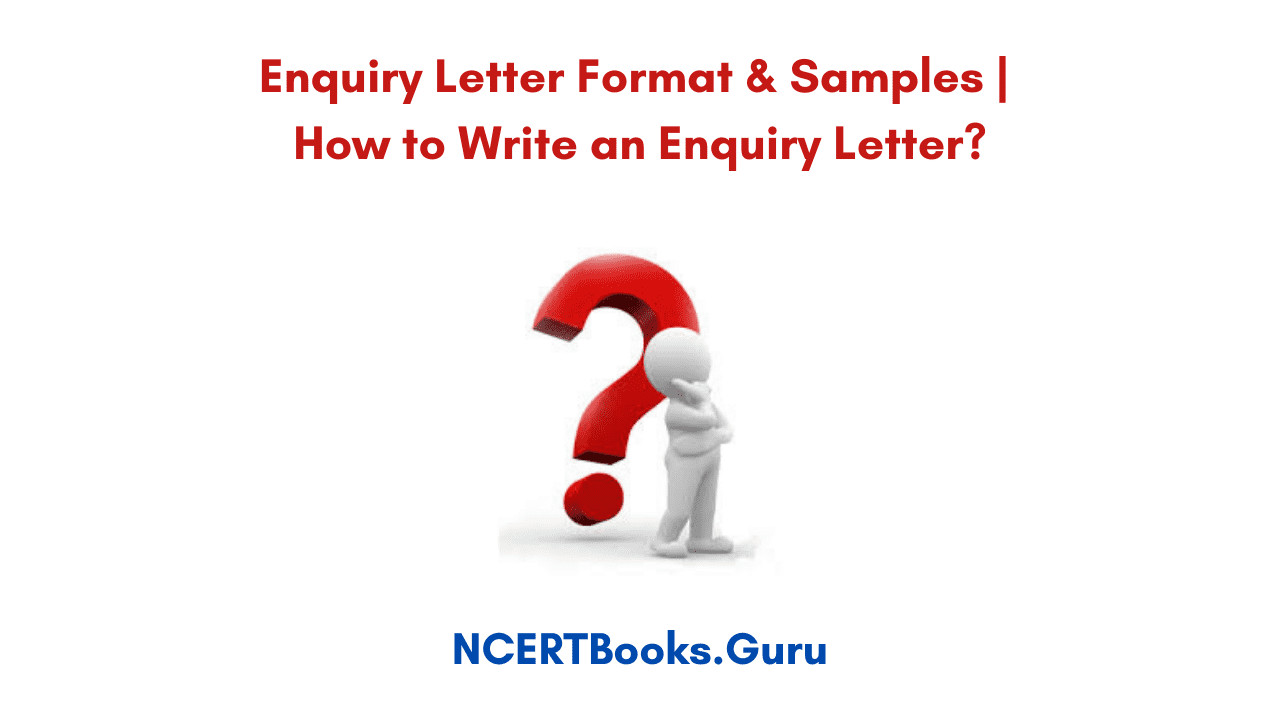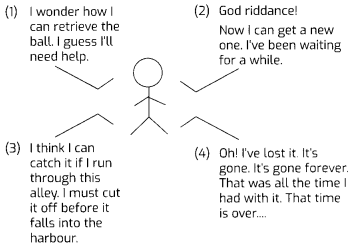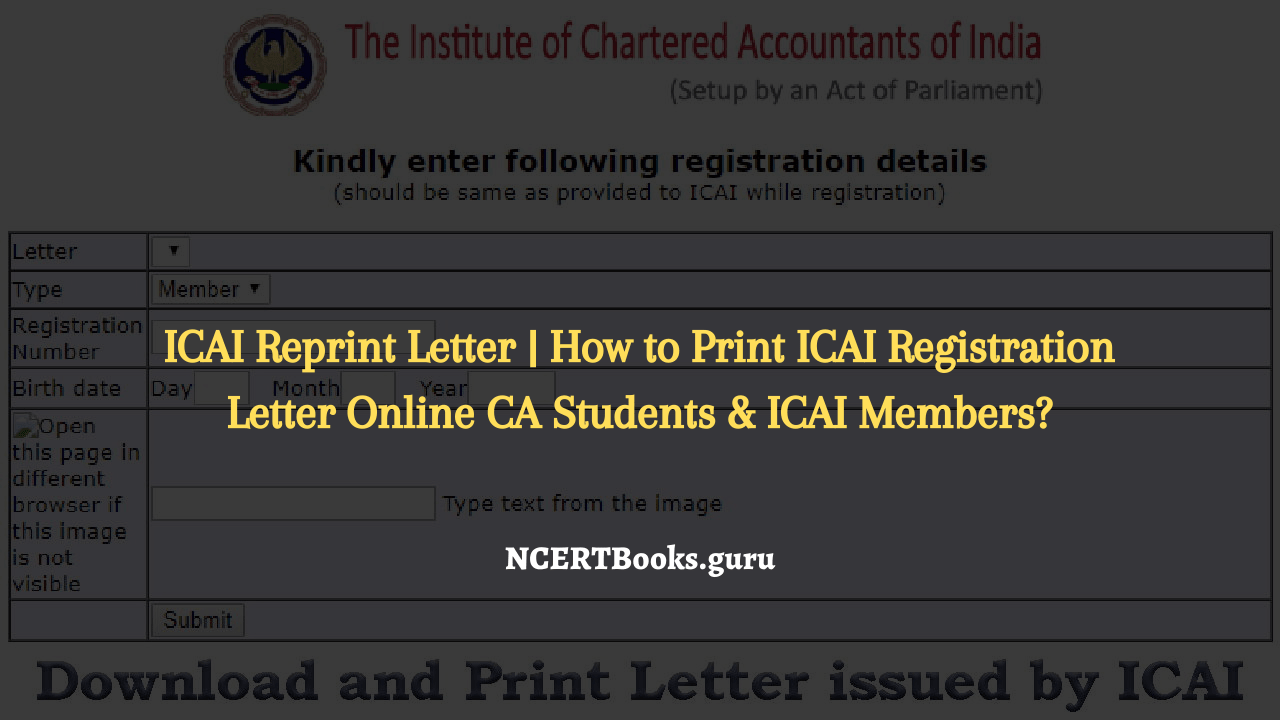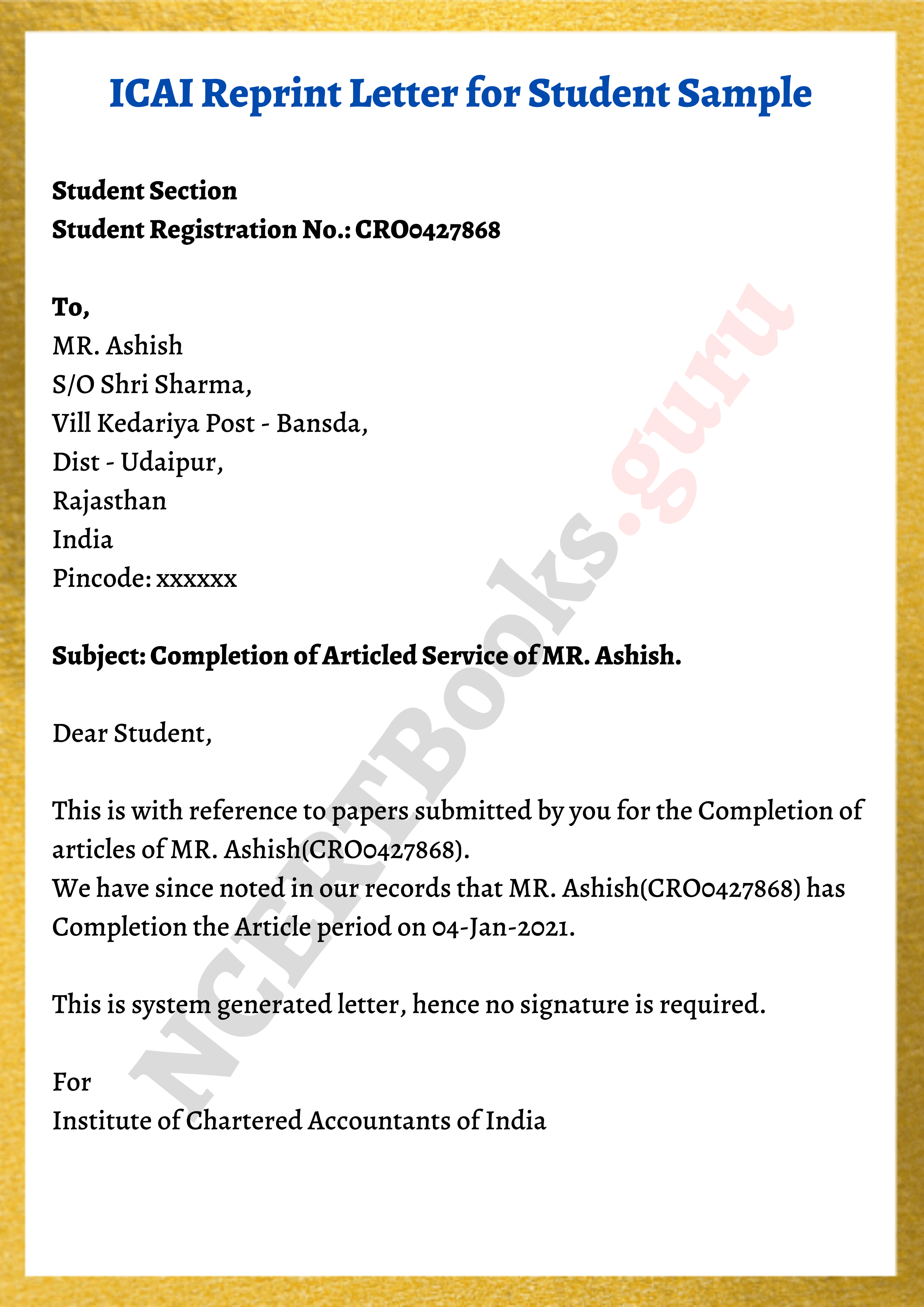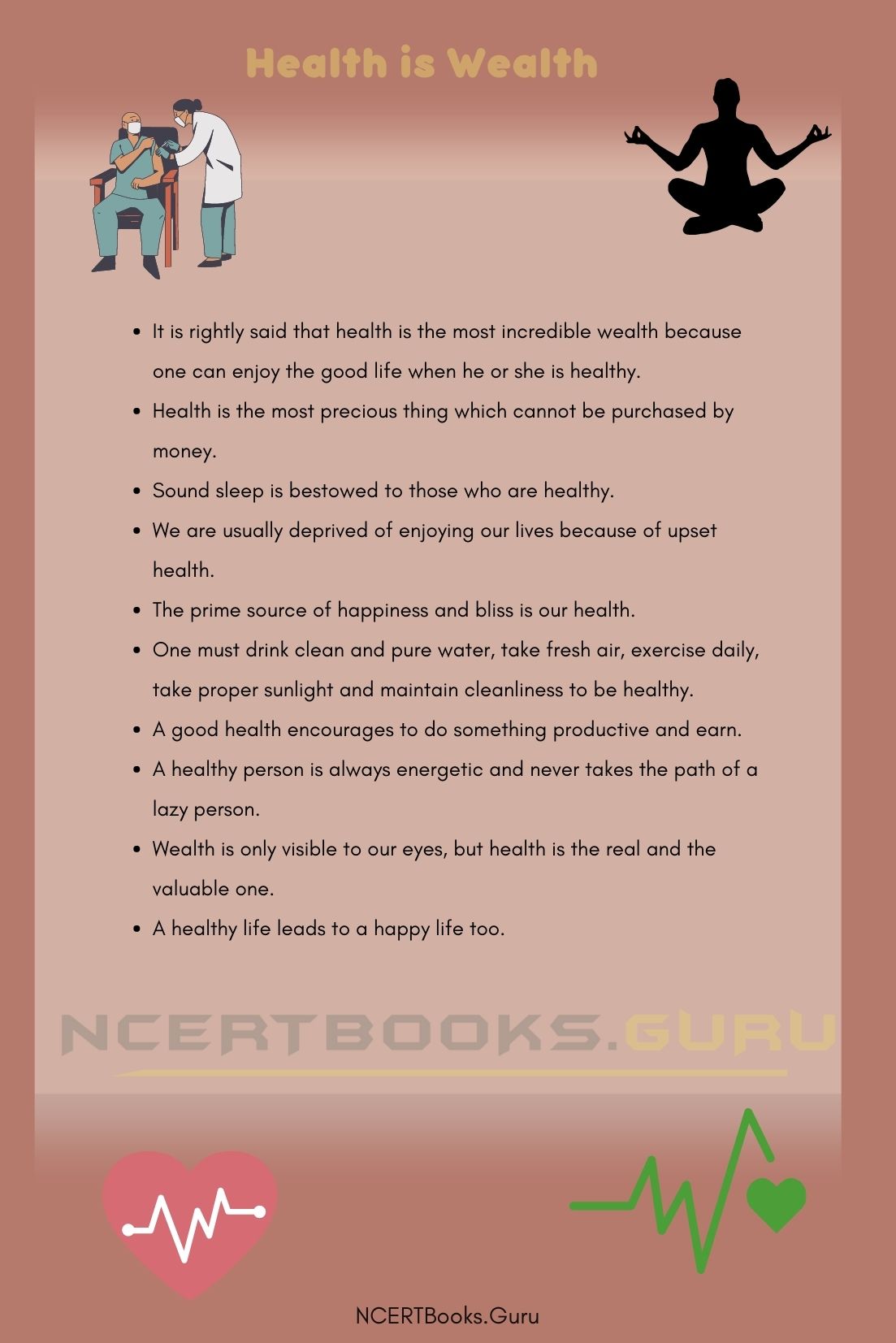We have given detailed NCERT Solutions for Class 8 Sanskrit Ruchira Chapter 13 क्षितौ राजते भारतस्वर्णभूमिः Questions and Answers will cover all exercises given at the end of the chapter.
NCERT Solutions for Class 8 Sanskrit Ruchira Chapter 13 क्षितौ राजते भारतस्वर्णभूमिः
अभ्यासः
प्रश्न 1.
अधोलिखिताना प्रश्नानाम् एकपदेन उत्तराणि लिखत-
(क) इयं धरा कैः स्वर्णवद् भाति?
उत्तरम्:
शस्यैः
(ख) भारतस्वर्णभूमिः कुत्र राजते?
उत्तरम्:
क्षिती
(ग) इयं केषां महाशक्तिभिः पूरिता?
उत्तरम्:
अणूनाम्
(घ) इयं भूः कस्मिन् युतानाम् अस्ति?
उत्तरम्:
प्रबन्धे
(ङ) अत्र किं सदैव सुपूर्णमस्ति?
उत्तरम्:
खाद्यान्नभाण्डम्।
प्रश्न 2.
समानार्थकपदानि पाठात् चित्वा लिखत-
(क) पृथिव्याम् ________। (क्षितौ / पर्वतेषु / त्रिलोक्याम्)
(ख) सुशोभते ________। (लिखते / भाति / पिबति)
(ग) बुद्धिमताम् ________। (पर्वणाम् / उत्सवानाम् / विपश्चिज्जनानाम्)
(घ) मयूराणाम् ________। (शिखीनाम् / शुकानाम् / पिकानाम्)
(ङ) अनेकेषाम् ________। (जनानाम् / वैज्ञानिकानाम् / बहूनाम्)
उत्तरम्:
(क) क्षिती
(ख) भाति
(ग) विपश्चिज्जानाम्
(घ) शिखीनाम्
(ङ) बहूनाम्।
प्रश्न 3.
श्लोकांशमेलनं कृत्वा लिखत-
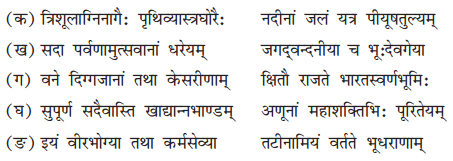
उत्तरम्:
(क) त्रिशूलाग्निागैः पृथिव्यास्त्रधौरेः अणूनां महाशक्तिभिः पूरितेयम्
(ख) मा गणमानानां सोया मिनी-पाजने भारतस्वर्णभूमिः
(ग) वने दिग्गजानां तथा केसरीणाम् तटीनामियं वर्तते भूधराणाम्
(घ) सुपूर्ण पीयूषतुल्यम्
(ङ) इयं वीरभोग्या तथा कर्मसेव्या जगद्वन्दनीया च भूः देवगेया
प्रश्न 4.
चित्रं दृष्ट्वा (पाठात्) उपयुक्तपदानि गृहीत्वा वाक्यपूर्ति कुरुत-

(क) अस्मिन् चित्रे एका _________ वहति।
(ख) नदी ___________ नि:सरति।
(ग) नद्याः जलं ________ भवति।
(घ) ________ शस्यसेचनं भवति।
(ङ) भारतः ________ भूमिः अस्ति।
उत्तरम्:
(क) नदी
(ख) पर्वतात्
(ग) पीयूषतुल्यं
(घ) नद्याः जलेन
प्रश्न 5.
चित्राणि दृष्ट्वा (मञ्जूषातः) उपयुक्तपदानि गृहीत्वा वाक्यपूर्ति कुरुत-
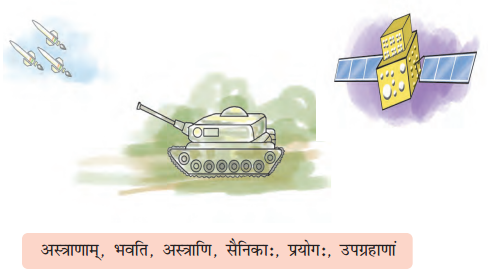
(क) अस्मिन् चित्रे एका __________ दृश्यन्ते।
(ख) एतेषाम् अस्त्राणां __________ युद्धे भवति।
(ग) भारतः एतादृशानां __________ प्रयोगेण विकतिसदेशः मन्यते।
(घ) अत्र परमाणुशक्तिप्रयोगः अपि __________।
(छ) आधुनिकैः अस्त्रैः __________ अस्मान् शत्रुभ्यः रक्षन्ति।
(च) __________ सहायतया बहूनि कार्याणि भवन्ति।
उत्तरम्:
(क) अस्त्राणि
(ख) प्रयोगः
(ग) अस्त्राणाम्
(घ) भवति
(छ) सैनिकाः
(च) उपग्रहाणाम्।
प्रश्न 6(अ).
चित्रं दृष्ट्वा संस्कृते पञ्चवाक्यानि लिखत।
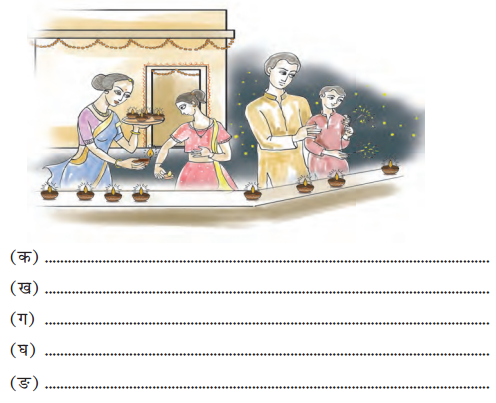
उत्तरम्:
(क) इदं दीपावली-महोत्सवस्य चित्रम् अस्ति।
(ख) चित्रे एक सुन्दर विशाल च भवनमस्ति।
(ग) भवनस्य आंगने जनाः सन्ति।
(घ) जनाः नार्यः च दीपान प्रज्वालयन्ति।
(ङ) इदं पर्व सम्पूर्ण भारते-अन्यत्र च मानयन्ति।
प्रश्न 6(आ).
चित्रं दृष्ट्वा संस्कृते पञ्चवाक्यानि लिखत।
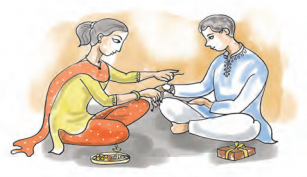
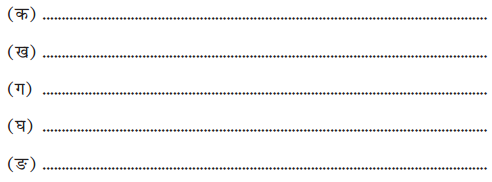
उत्तरम्:
(क) इदं रक्षाबंधन पर्व इत्यस्य चित्रं वर्तते।
(ख) रक्षाबंधन राष्ट्रियां पर्व अस्ति।
(ग) अस्मिन भगिनी भ्रातुः हस्ते रक्षासूत्रं बन्धति।
(घ) प्राता भगिन्याः सुरक्षायाः आश्वासनं ददाति।
(ङ) इदं पर्व भगिनीभ्रातो; महत् पर्व वर्तते।
प्रश्न 7.
अत्र चित्रं दृष्ट्वा संस्कृतभाषया पञ्चवाक्येषु प्रकृतेः वर्णनं कुरुत।

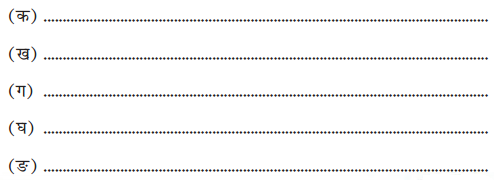
उत्तरम्:
(क) अस्मिन् चित्रे एकं वनं दृश्यते।
(ख) वने महान्तो वृक्षाः विलसन्ति।
(ग) वृक्षाः फलच्छायाप्रदायकाः भवन्ति।
(घ) वृक्षः काष्ठानि प्राप्यन्ते।
(ङ) वनेन पर्यावरण संरक्ष्यते।
योग्यता-विस्तारः
प्राचीन काल में भारत को सोने की चिड़िया कहा जाता था, इसी भाव को ग्रहण कर कवि ने प्रस्तुत पाठ में भारतभूमि की प्रशंसा करते हुए कहा है कि आज भी यह भूमि विश्व में स्वर्णभूमि बनकर ही सुशोभित हो रही है।
कवि कहते हैं कि आज हम विकसित देशों की परम्परा में अगग्रण्य होकर मिसाइलों का निर्माण कर रहे हैं, परमाणु शक्ति का प्रयोग कर रहे हैं। इसी के साथ ही साथ हम ‘उत्सवप्रियाः खलु मानवाः नामक उक्ति को चरितार्थ भी कर रहे हैं कि ‘अनेकता में एकता है हिंद की विशेषता’ इसी आधार पर कवि के उद्गार हैं कि बहतु मतावलम्बियों के भारत में होने पर भी यहाँ ज्ञानियों, वैज्ञानिकों और विद्वानों की कोई कमी नहीं है। इस धरा ने सम्पूर्ण विश्व को शिल्पकार, इंजीनियर, चिकित्सक, प्रबंधक, अभिनेता, अभिनेत्री और कवि प्रदान किए हैं। इसकी प्राकृतिक सुषमा अद्भुत है। इस तरह इन पद्यों में कवि ने भारत के सर्वाधिक महत्त्व को उजागर करने का प्रयास किया है।
पाठ में पर्वो और उत्सवों की चर्चा की गई है ये समानार्थक होते हुए भी भिन्न हैं। पर्व एक निश्चित तिथि पर ही मनाए जाते हैं, जैसे – होली, दीपावली, स्वतन्त्रता दिवस, गणतंत्र दिवस इत्यादि। परन्तु उत्सव व्यक्ति विशेष के उद्गार एवं आहाद के द्योतक हैं। किसी के घर सतानोत्पत्ति उत्सव का रूप ग्रहण कर लेती है तो किसी को सेवाकार्य में प्रोन्नति प्राप्त कर लेना, यहाँ तक कि बिछुड़े हुए बंधु-बांधवों से अचानक मिलना भी किसी उत्सव से कम नहीं होता है।
Class 8 Sanskrit Chapter 13 क्षितौ राजते भारतस्वर्णभूमिः Summary
पाठ-परिचयः
संस्कृत के मूर्धन्य विज्ञान कवि कृष्णचन्द्र त्रिपाठी की रचना से संकलित श्लोकों में देश के गौरव का गुणगान, यशोगान किया गया। अनाज, कला, प्रौद्योगिकी, वन संपदा, सामरिक शक्ति, परमाणु-शक्ति सम्पन्नता का वर्णन किया गया है। छात्र इन श्लोकों को गाएँ और देश की ताकत का अनुभव करें, इसलिए यह संकलन किया गया है।
मूलपाठः
सुपूर्ण सदैववास्ति खाद्यान्नभाण्डं नदीनां जलं यत्र पीयूषतुल्यम।
इयं स्वर्णवद् भाति शस्यैधरेयं क्षितौ राजते भारतस्वर्णभूमिः ॥1॥
त्रिशुलाग्निनागैः पृथिव्यस्वघोरैः अणूनां महाशक्तिभिः पूरितेयम्।
सदा राष्ट्ररक्षारतानां धरेयम् क्षितौ राजते भारतस्वर्णभूमिः ॥2॥
इय वीरभोग्या तथा कर्मसेव्या जगद्वन्दनीया च भूः देवगेया।
सदा पर्वणामुत्सवानां धरेयं क्षितौ राजते भारतस्वर्णभूमिः ॥3॥
इदं ज्ञानिना चैव वैज्ञानिकानां विपश्चिज्जनानामियं संस्कृतानाम्।
बहूनां मतानां जनानां धरेयं क्षितौ राजतै भारतस्वर्णभूमिः ॥4॥
इयं शिल्पिनां यन्त्रविद्याधराणां भिषक्शास्त्रिणां भूः प्रबन्धे युतानाम्।
नटानां नटीना कवीनां धरेयं क्षितौ राजतै भारतस्वर्णभूमिः ॥5॥
वने दिग्गजानां तथा केशरीणां तटीनामियं वर्तते भूधराणाम्।
शिखीनां शुकानां पिकानां धरेयं क्षितौ राजतै भारतस्वर्णभूमिः ॥6॥
अन्वयः
1. इयम् धरा खाद्यान्नभाण्डम् सुपूर्णम् अस्ति यत्र नदीनाम् जलम् पीयूषतुल्यम् (अस्ति), इयम् शस्यैः स्वर्णवत भाति, इयम् भारतस्वर्णभूमिः क्षितौ रजते।
2. इयम् घोरै-त्रिशूल-अग्नि-नागैः पृथिवी अस्त्रैः राष्ट्ररक्षारतानाम् अणूनाम् महाशक्तिभिः पूरिता (अस्ति), इयम् भारतस्वर्णभूमिः सदा क्षितौ राजतै।
3. इयम् वीरभोग्या कर्मसेव्या तथा जगत वन्दनीया देवगेयाः च भूः (अस्ति), पर्वणामुत्सवानाम् इयम् भारतस्वर्णभूमिः क्षिती राजते।
4. इयम् धरा संस्कृतानाम् विपश्चिज्जनानाम् ज्ञानिनाम् वैज्ञानिकानाम् च एव, इयम् बहूनाम मतानाम जनानाम् भारतस्वर्णभूमि क्षितौ राजते।
5. इयम् धरा नटानाम् नटीनाम् कवीनाम् शिल्पिनाम् यन्त्रविद्या-धराणाम् भिशक्शास्त्रिणाम् भूः प्रबन्धे युतानाम् इयम् भारतस्वर्णभूमिः क्षितौ राजते।
6. इयम् धरा वने दिग्गजानाम् केसरीणाम् तथा भूधराणाम् तटिनाम् शिखीनाम् शुकानाम् पिकानाम् इयम् भारतस्वर्णभूमिः क्षितौ राजते।
सन्धिविच्छेदः
खाद्यान्न = खाद्य + अन्न।
शस्यैधरेयम् = शस्यैः + धरा + इयम्।
त्रिशूलाग्नि = त्रिशूल + अग्नि।
पृथिव्यस्वघोरै = पृथिवी + अस्त्रघोरै।
पूरितेयम् = पूरिता + इयम्।
धरेयम् = धर + इयम्।
विपश्चिज्जनानामियम् = विपश्चित + जनानाम् + इयम्।
दिग्गजानाम् = दिक् + गजानाम्।
संयोग:
पर्वणामुत्सवानाम् = पर्वणाम् + उत्सवानाम्।
तटीनामियम् = तटीनाम् + इयम्।
पदार्थबोध:
भाण्डम् = भण्डार (प्रचुरता)।
पीयूषतुल्यम् = अमृत समान (सुधातुल्यम्)।
स्वर्णवन = सोने जैसा (काञ्चनमिव)।
भाति = सुशोभित हो रही है (शोभते)।
क्षिती – पृथ्वी पर (धरायाम्)।
धरेयम् – यह धरती (इयं वसुधा)।
राजते = सुशोभित है (सुशोभते)।
त्रिशूलाग्निनागैः = त्रिशूल-अग्नि-नाग-पृथ्वी-आकाश पाँच मिसाइलों के नाम हैं (एतानि महास्त्राणि सन्ति)।
पर्वणामुत्सवानाम् = पूर्वो और उत्सवों की (शुभ-अवसराणाम्)।
विपश्चिज्जनानाम् = विद्वानों की (विदुषाम्)।
यन्त्रविद्याधराणाम् = यन्त्र विद्या जानने वालों की (यन्त्रविद्या जानताानाम् जानानम)।
प्रबंधे युतानाम् = प्रबंधकों की (प्रबन्धकानाम्)।
भूधराणाम् = पहाड़ों की (पर्वतानाम्)।
नटीनाम् = नदियों की (नदीनाम्)।
केसरीणाम् = शेरों की (सिंहानाम्)।
दिग्गजानाम् = हाथियों की (हस्तीनाम्)।
शिखीनाम् = मोरों की (मयूराणाम्।
सरलार्थ-
1. यह धरती खाद्यान्न भण्डारों से परिपूर्ण है, जहाँ की नदियों का पानी अमृत के समान है, सोने के समान चमक वाली यह भारतभूमि धरती पर राज करती है, सुशोभित है।
2. यह स्वर्णभूमि भारत भूमि देश रक्षा में लगे त्रिशूल, अग्नि, नाग, पृथ्वी और आकाश मिसाइलों व परमाणु शक्तियों से संपन्न है, ऐसी यह धरती संपूर्ण पृथ्वी पर राज करती है।
3. यह वीर भोग्या व कर्मसेव्या है, जगत् वन्दनीय है, इसका (यशोगान) देवता भी करते हैं। ऐसी भारत स्वर्ण भूमि अनेक पर्वो उत्सवों की भूमि सदा धरती पर राज करती है।
4. यह धरती संस्कृत विद्वानों, ज्ञानियों, वैज्ञानिकों की भूमि है। अनेक धर्मावलम्बी लोगों की यह भारत स्वर्णभूमि संपूर्ण विश्व पर राज करती है।
5. यह धरती कवियों अभिनेता-अभिनेत्रियों, डॉक्टर-इंजीनियरों, शिल्पियों, मशीन के जानकारों, भूमि प्रबंधकों की भूमि है। यह भारत स्वर्णभूमि संपूर्ण धरती पर सदा विराजती है।
6. यह वसुंधरा जंगल में हाथियों, सिंहों, नदियों, पर्वतों की भूमि है। मोर, तोते, कोयल आदि से शोभित यह भारतभूमि सदा पृथ्वी पर शोभित है।
भावार्थ-
पाठ का केंद्रीय भाव भारत की चहुंमुखी प्रगति का वर्णन करता है।
